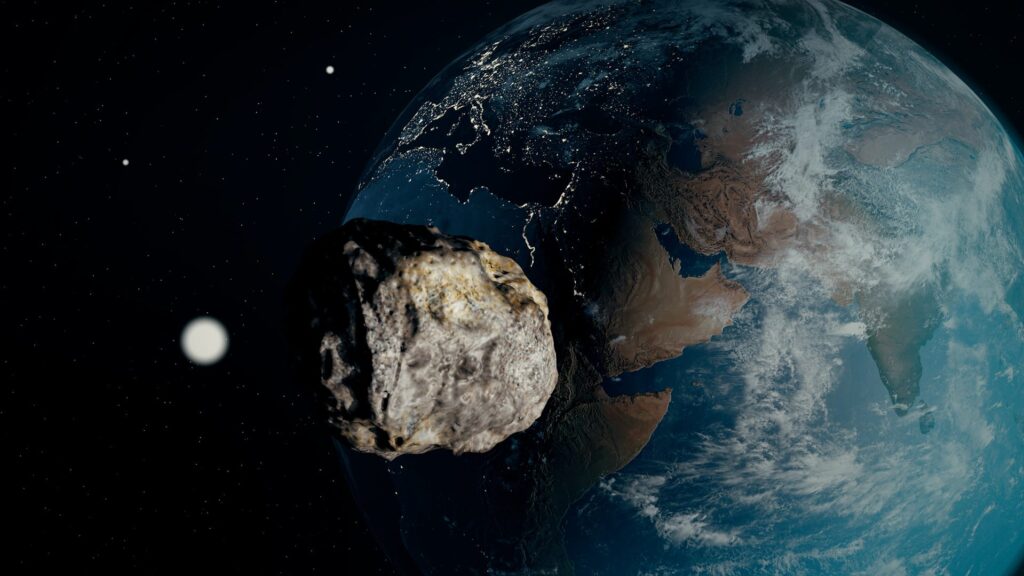In case you haven’t heard the big news yet, Earth now has a second moon.
But it will be around for only a short period of time.
Earth’s second moon

Earth obtained a new mini-moon, which is actually a near-Earth asteroid, named 2024 PT, on Sept. 29. The asteroid is estimated to be 33 feet wide, about the length of a school bus and at least 300,000 times smaller than our permanent moon. It was captured by Earth’s gravity during an “unusually close approach,” according to LiveScience.
The mini-moon was first seen in August by Carlos de la Fuente Marcos and Raúl de la Fuente Marcos, astronomers at the Complutense University of Madrid, using a telescope in Sutherland, South Africa, according to their published report in the American Astronomical Society.
Although it sounds big, it is too small to be visible to amateur stargazers, said Carlos.
How long will the mini-moon be visible?

The astronomers’ research shows that the asteroid follows a horseshoe path and will circle the globe, not completing a full orbit, until Nov. 25, when it leaves Earth and continues its solo journey through the cosmos.
October’s full moon:When October’s full moon will appear and how it got its name
Has this happened before?

LiveScience reports that Earth has had “millions of temporary moons over its lifetime,” with the first one to be observed by humans being the roughly 20-foot-wide asteroid 2006 RH210. It remained in Earth’s orbit for 18 months from 2006 to 2007.
Shortly after, the space rock 2020 CD3 spent three years orbiting the planet before it moved away in 2020.
Got a tip or a story idea? Contact Krys’tal Griffin atkgriffin@delawareonline.com.

